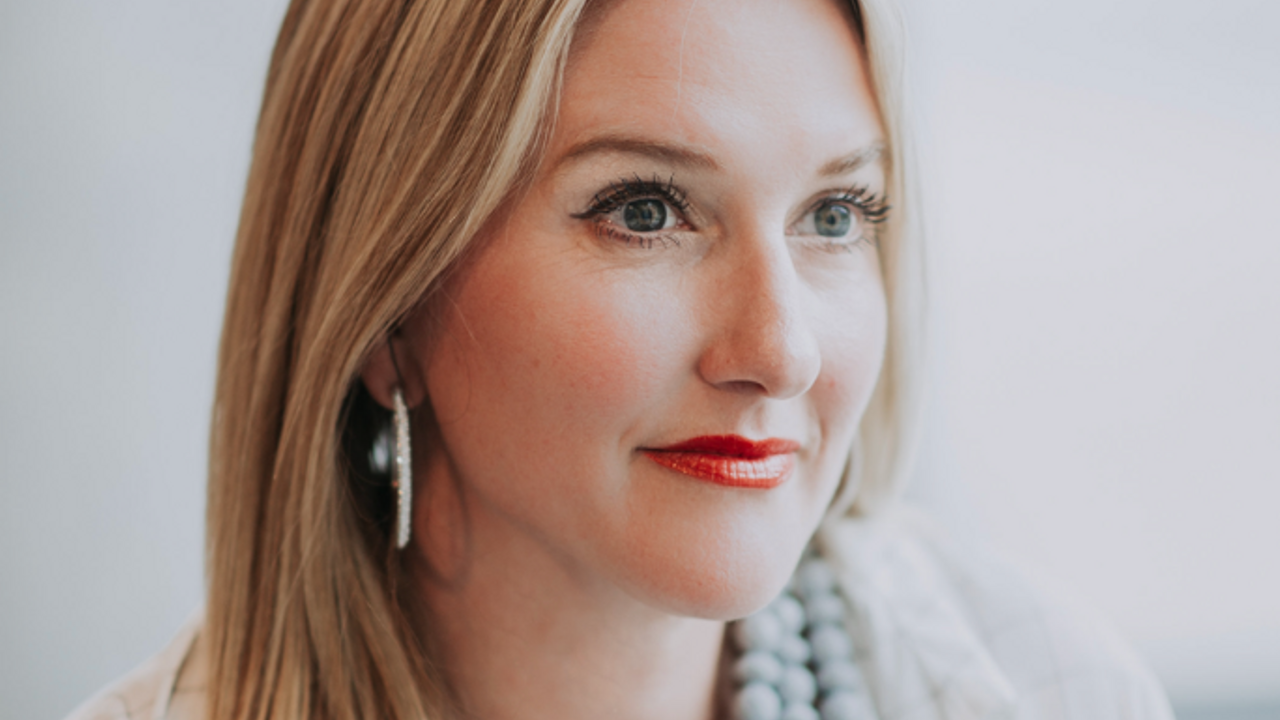Sick of Burnout? Then, Let's Fix It.
Jul 20, 2018
I was recently interviewed by someone on the topic of clinician burnout. The interviewee asked me how I respond to those who say that burnout does not exist, is being over stated, or is the result of a weaker generation of practicing physicians.
I find this difference in opinion interesting. Most of the time, when a physician complains to me about the focus on clinical burnout, they are 1) of an older generation or 2) not practicing clinical medicine 100% of the time.
I admit there is a ton of focus lately on burnout, and some of it is not always on aspects that are helpful, namely, how to diminish it and improve our work.
But I also find it really interesting that we blame individuals, not systemic issues of which we are all a part, on the burnout epidemic. In fact, we often don’t take the stress of our jobs seriously, until one of us becomes a number, and someone we know takes their own life.
Then, everyone hits pause. Everyone is silent, for a while.
And then…we all start working 80-hour work weeks again and 24+ hours straight with out stopping and 2-3 hours of charting each night after the clinical day is done until…
Another doctor quits, or another one is found to have substance abuse issues, or someone says, wait,
“Another one of us died? How sad. We didn’t see it coming…what happened???”
Recently I was in a wellbeing work group meeting where we were identifying systemic issues that we were tasked to identify solutions to regarding wellbeing. We all knew what we needed to do – change some physicians scheduling structures and add 1-2 support staff. These were instantly shot down with: “Too costly.”
My response:
How much is one life worth?
How much does the loss of 1-2 physicians each year, who leave medicine for a myriad of reasons, cost each health system?
The other night I was called in to the hospital at 3 am for an emergent, bleeding cardiac patient. As I rushed in to the hospital, I counted.
37 clicks, swipes, logins, touches or buttons to hit before I could go from the parking garage, to the scrub machine, to the drug cart, to the medical record, to touch my patient.
And from someone who works in acute care medicine, this has changed drastically in the last 15 years since I was a medical student. There are so many things to remember to do to be in compliance before I can physically touch a dying patient, it is bananas.
And guess what? When I go home at 8 am after working for 24 hours, I no longer can leave my pager in my locker. I am not off the grid, I have this thing, called a cell phone. Someone can text me or email me and the message does not say “good job saving Mr. X!” But rather: “Dr. Shillcutt, you failed to mark that you gave cephazolin within an hour of incision.”
Medicine has changed.
And the joy of medicine has changed with it.
I don’t think our current level of burnout is hopeless, and I sure as heck don’t think we should give up. I am passionate about taking a step back and evaluating how we got here, and what we can change.
We are smart enough to fix it. Just as we don’t ignore hypertension until someone has a myocardial infraction, we can’t afford to ignore clinical burnout until someone leaves medicine.
It’s hard to accept that we are burned out. It’s hard to accept that the noble profession of medicine, which takes years of commitment, blood, and sweat is not perfect. It’s hard to accept that amidst the most beautiful and rewarding profession, there is disengagement and burnout.
But, as most solutions, the first step is diagnosing the problem, and recognition.
So, let’s stop coming up with a million excuses for why burnout doesn’t exist, and let’s start coming up with solutions to fix it. Let’s be part of the solution.
Feeling stretched thin? I can show you 10 ways to get back TWO HOURS in your week!
DOWNLOAD MY FREE TOOLKIT AND GET BACK HOURS OF TIME IN YOUR WEEK.
YES, YOU CAN.
We hate SPAM. We will never sell your information, for any reason.


